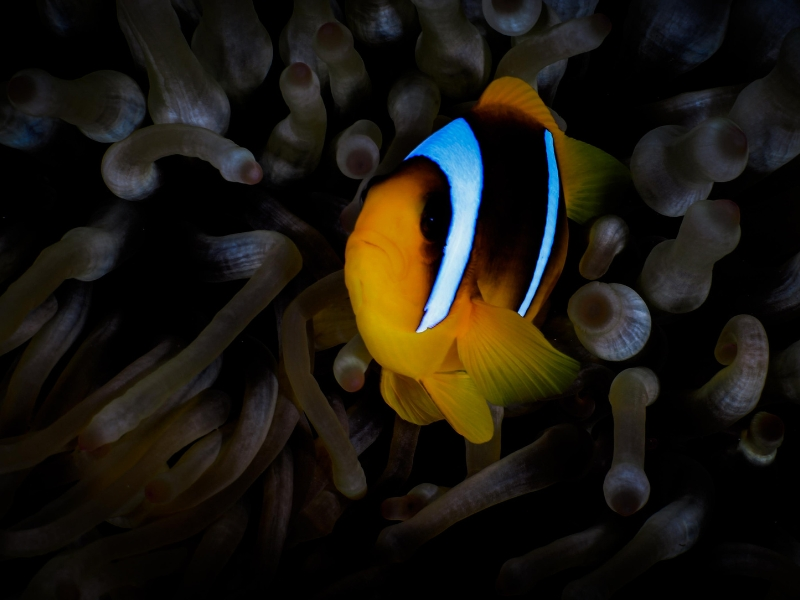Our comprehensive guide will take you through the different species of clownfish found in this stunning region, from the iconic False Percula Clownfish to lesser-known varieties like the Cinnamon Clownfish and Pink Skunk Clownfish. Learn about their unique characteristics, habitat, and behavior, and discover why these colorful fish are such a beloved part of the marine world. Whether you’re a scuba diver or an aquarium enthusiast, our guide is the perfect resource for diving deeper into the fascinating world of clownfish.
Red Sea ClownFish 360 ° - 4K
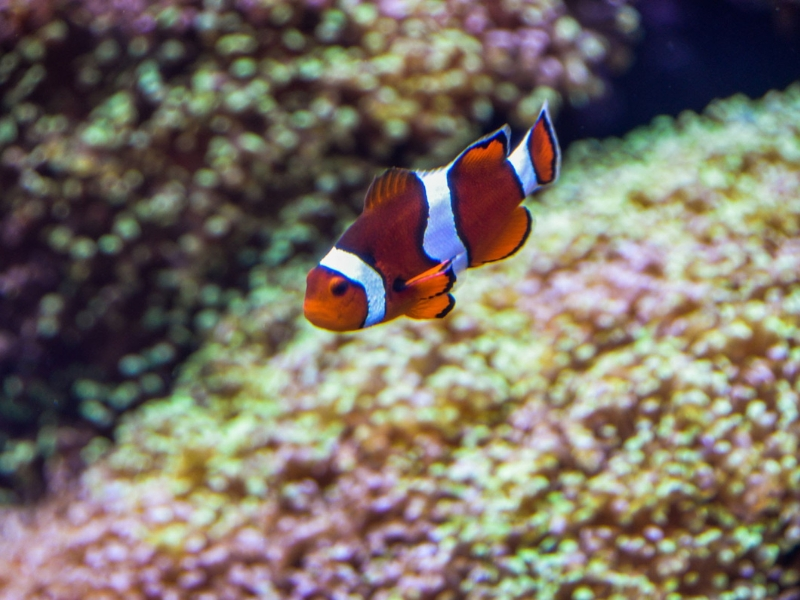
Cinnamon Clownfish
Cinnamon Clownfish (Amphiprion melanopus) is a widespread species of clownfish that can be found in the Red Sea. It has a bright orange body with three white stripes and a black outline on its fins. It is known for its unique “cinnamon” coloration on its face.
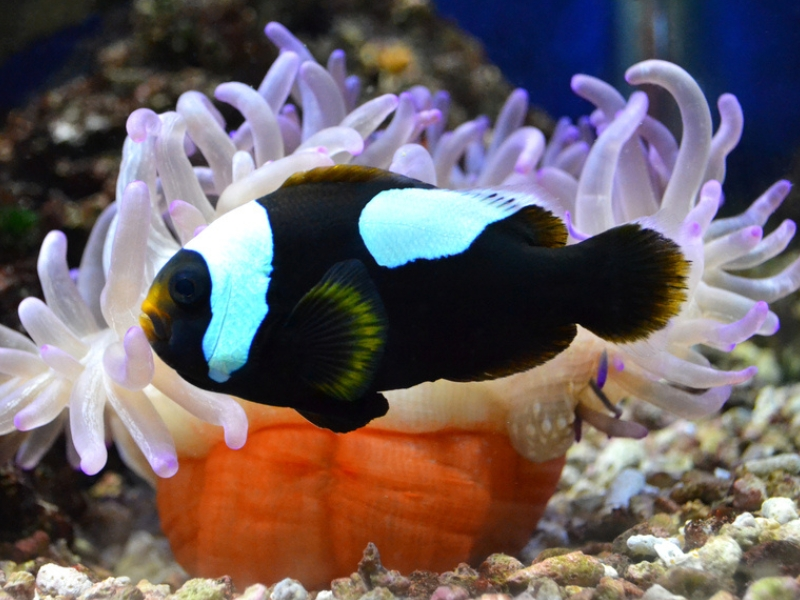
Saddled Clownfish
The saddled Clownfish (Amphiprion polymers) is another species of clownfish that can be found in the Red Sea. It has a dark orange body with three white stripes and a distinctive black saddle-shaped marking behind the head. It is known for being one of the largest species of clownfish.
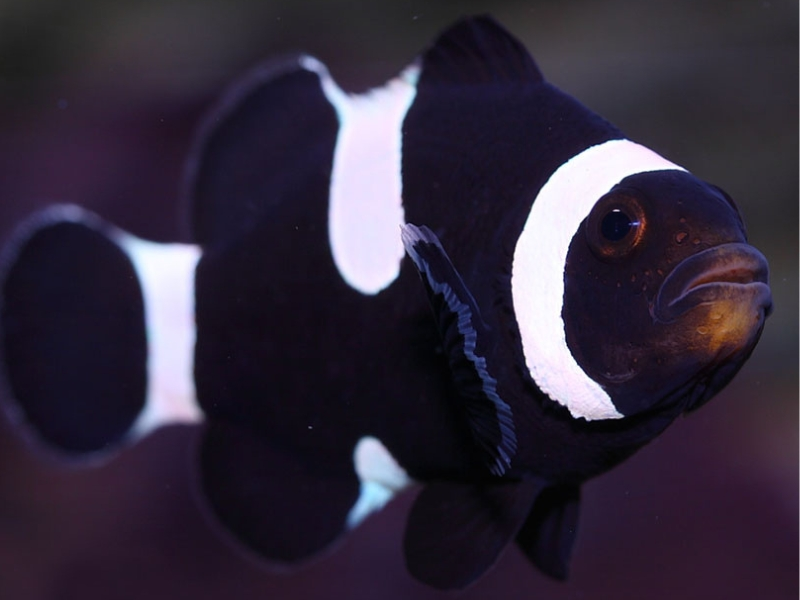
BLACK CLOWNFISH
Black Clownfish (Amphiprion nigripes) is a unique species of clownfish that can be found in the Red Sea. It has a black body with three white stripes and bright orange fins. It is known for being a very hardy species and is often recommended for beginner aquarists.
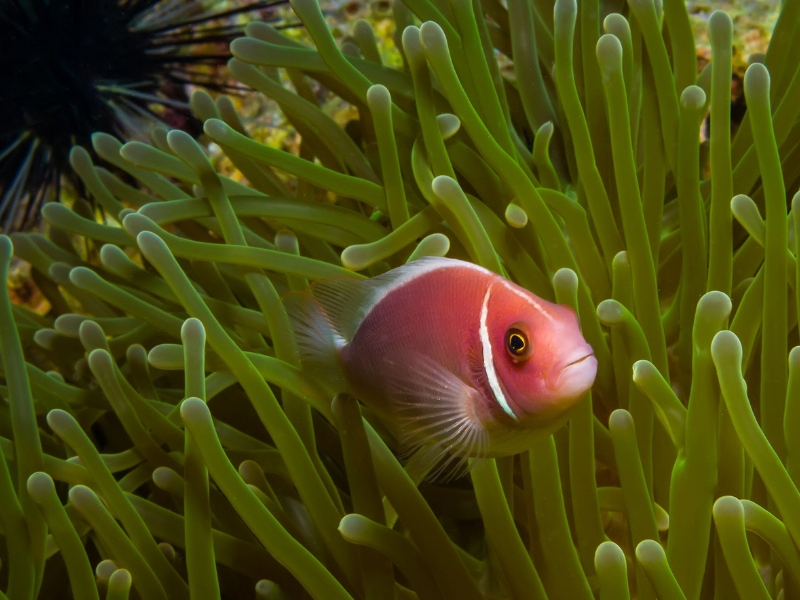
PInk Skunk Clownfish
Pink Skunk Clownfish (Amphiprion perideraion) is a unique species of clownfish that can be found in the Red Sea. It has a light pink body with a single white stripe and a distinctive white “skunk-like” stripe on its back. It is known for being a peaceful and easy-to-care-for species.
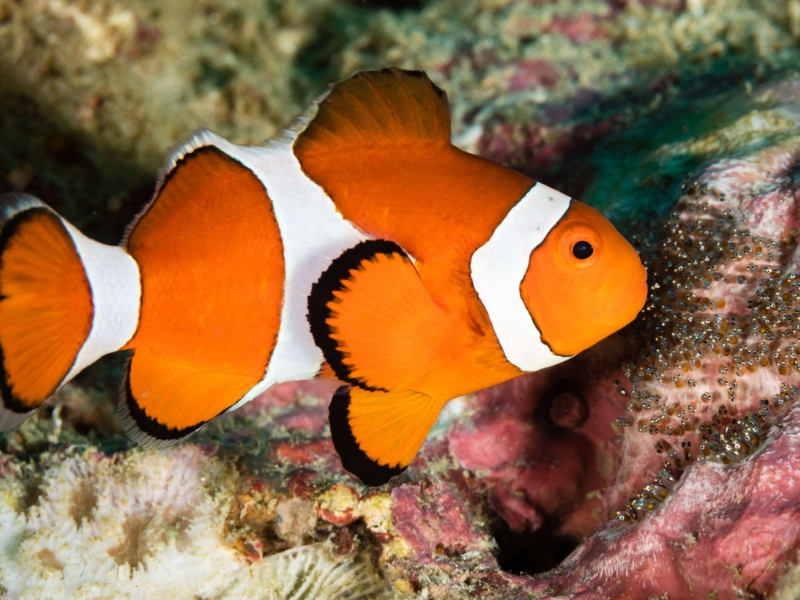
False Percula Clownfish
False Percula Clownfish (Amphiprion ocellaris) is perhaps the most famous species of clownfish, thanks in part to the movie “Finding Nemo.” It can be found in the Red Sea and has a bright orange body with three white stripes and black outlines on its fins. It is known for being a hardy and easy-to-care-for species.
